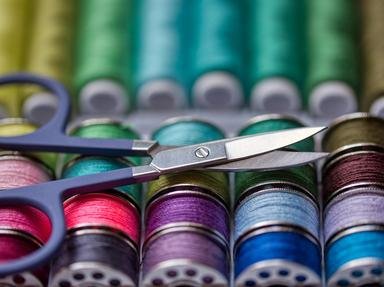
Which Needle am I Using? Trivia Quiz
As I relax over an evening of needlework, I may be knitting, crocheting or doing a bit of embroidery. Can you tell which type of needle I am using when my instructions use each of these terms?
A classification quiz
by looney_tunes.
Estimated time: 3 mins.
- Home
- »
- Quizzes
- »
- Hobbies Trivia
- »
- Needlework